by Maria Kinti, Textile Conservator and Zoe Allen, Principal Furniture Conservator
The Victoria and Albert Museum’s collection of 800 puppets, currently stored at Blythe House in West London, will be moving to the new Collection and Research Centre in East London. The collection is complex and includes marionettes; glove, shadow and rod puppets; and ventriloquist dolls. A wide variety of materials were used in their manufacture, including wood, plastics, fur, ceramic, textiles, metal, hair, straw, papier -mâché and leather. The condition of the puppets varied but they were largely quite fragile due to the different deterioration rates and interaction of the various materials. The puppets had also been extensively handled and subject to constant repair in their performing lifetime. Previous storage conditions were not ideal; they were kept in overcrowded cabinets and poorly supported on shelves.
Due to the different materials involved, conservators specialising in paper, furniture and textiles collaborated on their preparation. Conservation treatments for the project were largely limited to essential stabilization only because of the large number of objects and tight deadlines. Non-interventive treatments to create bespoke specialist packing for the more awkwardly shaped and fragile objects were a large part of the conservation remit.
The different puppet types include:
- Marionettes or string puppets, full-length figures controlled from above with strings or wires attached to the figure’s limbs at one end, and to one or more control bars at the other.
- Glove or hand puppets, controlled by the operator’s hands inside the puppet. Such puppets are either made exclusively out of fabric or have their fabric torso attached to a hollow head and wooden hands. More complex versions feature internal divisions for fingers, hence the term glove puppet.
- Rod puppets, controlled from beneath by the means of one or more wooden or metal rods.
- Shadow puppets, usually two-dimensional (2D) used against a backlit, translucent screen. Their moving parts are manipulated by sticks or strings. The preparation and rehousing of the 2D puppets in the collection will not be covered in this article.
For the 3D puppet types, heads and limbs can be made of various materials such as carved wood, papier -mâché, plaster or terracotta. They can be hollow and are often just a fragile shell prone to damage from impact or pressure through handling. Head and limbs are usually heavy, and the main areas of weakness are found at the joints at necks, wrists and ankles. Body parts are normally attached to a stuffed fabric body with nails or glue and these joints commonly fail, causing tears in the fabric. Internal assembly methods are often not visible, hiding areas of weakness. The ‘stuffing’ used in some puppets can be made from a wide variety of materials such as horsehair, shredded paper or straw. In more modern puppets, foam or polyurethane is used. As this readily degrades, any pressure through handling can cause damage.
Other materials and their associated problems are too many to describe here but the examples given highlight the complexity of this collection. Minimal essential treatments included consolidation of flaking painted surfaces and treatment of mould or pest infestation. The main treatment for this collection involved creating specialist packing for transport and storage.
The main requirements for rehousing were to:
- provide enough support to prevent the puppets from moving during handling, packing and transportation
- keep the collection’s footprint the same size and to retain the current cabinets
- keep material and labour costs down
- make the collection more accessible whilst minimizing handling
- create a simple and quick fabrication method

To meet the above criteria, it was necessary to divide the collection into groups of large, medium and small puppets and those in extremely poor condition were separated out. All these needed handling/carry boards that would fit the dimensions each storage shelf. To mitigate the overcrowding and gain more space without increasing the collection’s footprint, more shelves were added to the cabinets.
To provide enough support to the unevenly weighted puppets, furniture and textile conservators suggested the use of pillows placed on top of a handling foamboard. The pillow would provide support by adapting to the shape of each puppet, which would be secured to the board with unbleached cotton tape tied over the three main areas of movement, the heads, arms and legs. For large and heavy marionettes, pillows made from calico were filled three-quarters full with polystyrene beads, which responded well to their uneven weight distribution. Control bars were tied to the board to avoid tangling.

Medium and small puppets were not heavy enough to press down sufficiently on the polystyrene bead-filled pillows to obtain the support needed so the preferred filling was layers of polyester wadding. The puppets compressed this material sufficiently, creating enough indentation to provide support. These were also tied to the foamboard with unbleached cotton tape (Figures 1, 2 and 3). For a small number of glove puppets in very poor condition, custom-made cotton pads were made for the internal support of fragile fabric torsos. Prototypes for all pillows and new supports were made by conservators and then mass produced in-house using existing stock and offcuts of scoured cotton calico.
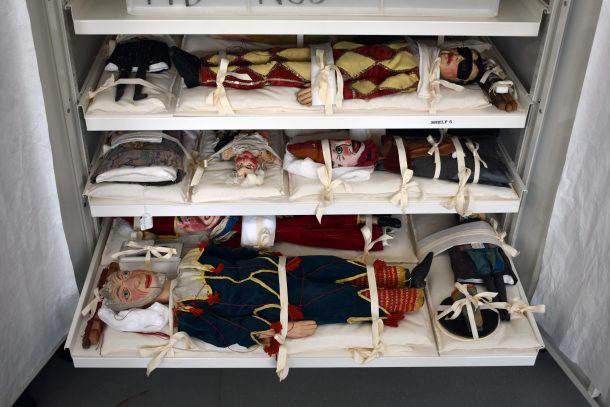
The above cushioning method was not suitable for puppets in poor condition as they required more rigid support. Instead, layers of Plastazote were adhered to a base board and recessed shapes were cut around each puppet into the Plastazote. The puppets were further secured with cotton tape (Figures 4 and 5).

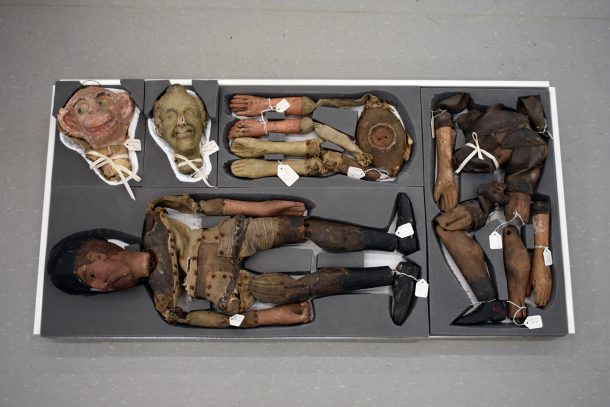
Significant improvements to the housing of the puppet collection were made. All puppets are now safely secured to handling boards, allowing increased public access whilst reducing handling. It is not just a packing solution for safe transit but also provides permanent safe storage. The method is simple, does not require advanced craft skills to make and materials are inexpensive, durable and sustainable.
Acknowledgements
We are grateful to Serena Dicks, Museum Technician, who spent months rehousing the collection; Collections Move Officers Gemma Organ and Yona Lesger for coordinating and contributing with the evaluation of the prototypes; and Decant Furniture Conservators Philip Kevin and Boudewien Westra for rehousing some of the 3D puppets in poor condition.
Further reading
Bill Baird, The Art of the Puppet, 13
https://www.vam.ac.uk/articles/a-history-of-puppets-in-britain#slideshow=4236517828&slide=11
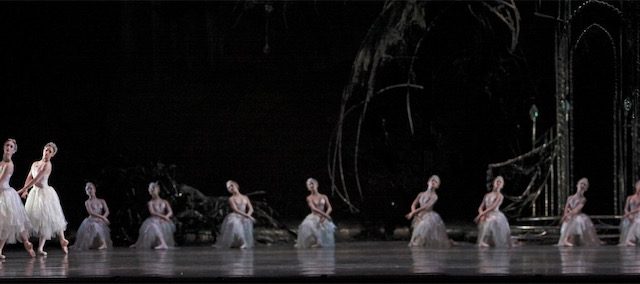
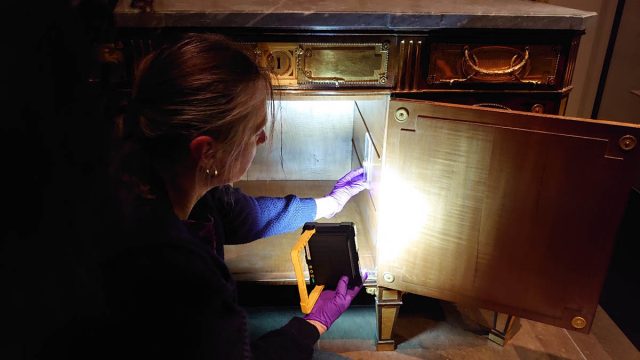
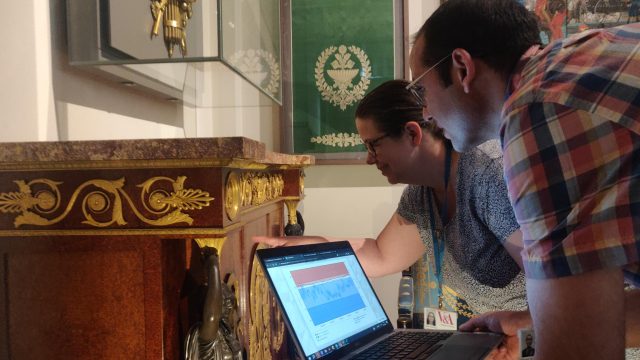
This is such an interesting read, thank you Zoe. The ingenuity of using the pillows to adjust to the weight of different parts of the puppets is so clever. Lovely to see these sleeping beauties so carefully looked after, yet still able to be viewed.